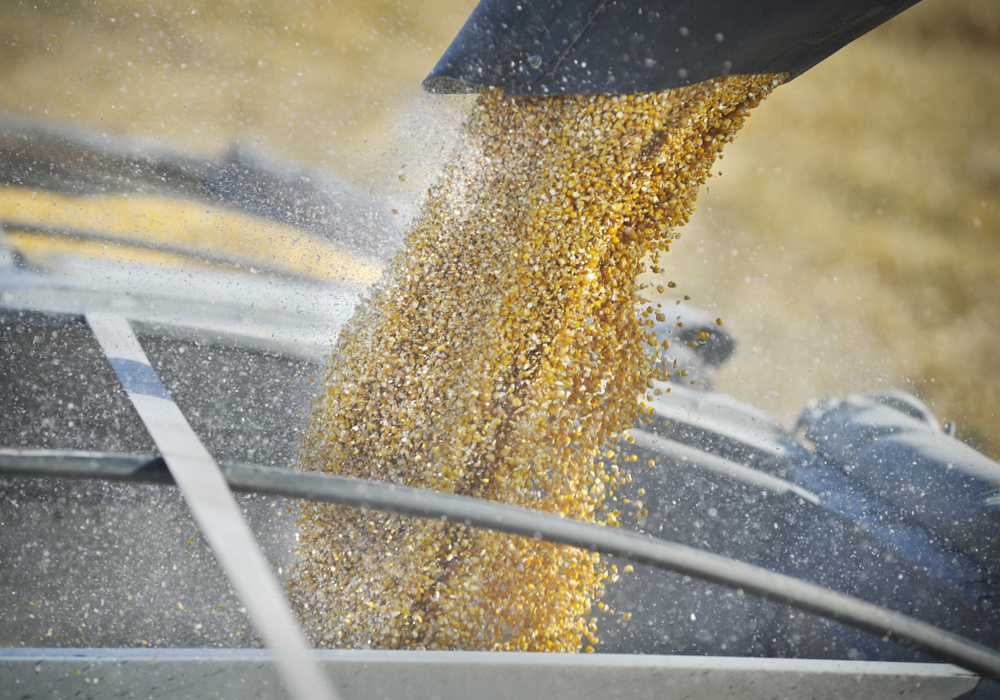Striving for the most efficient nitrogen use and seeding rates is seen as wiser than pushing for ‘that last bushel or two’
Corn seed is expensive.
Nitrogen is now expensive.
Those are good goads to taking a careful look at corn seeding and nitrogen rates, says a Purdue University corn specialist.
“It’s managing for maximum return instead of managing for maximum yield,” said Daniel Quinn during Purdue’s Top Farmer Conference Jan. 7.
“Is it really worth it to maybe push that last bushel or two with either nitrogen or seeding rates? Is it really worth it, or can you back off and use economic optimum nitrogen rates, economic optimum seeding rates?”
Read Also

U.S. government investigates high input costs
The USDA and DOJ are investigating high input costs, but nothing is happening in Canada.
Quinn’s comments were for Indiana farmers looking toward planting a 2022 corn crop that will be far more expensive to grow than ever before.
Growing conditions, costs and results are much different in Western Canada, so Quinn’s detailed analysis should not be seen as recommendations for prairie farmers. However, his general observations are broadly applicable.
For nitrogen fertilizer, Quinn urged growers to focus on using the expensive input the most efficient way possible. The nitrogen should come from the right source, used at the right time, placed in the right spot and applied at the right rate.
“With nitrogen fertilizer prices the way they are, input costs the way they are, it’s really important to understand the importance of the timing aspect, the placement of the nitrogen, to limit some of the losses, and limiting some of the profit losses,” said Quinn.
Seeding rates should also be carefully considered. Many farmers go with recommendations to use the maximum rate possible of seed, but Quinn said Purdue research shows that higher seed rates often don’t create higher yields, even if they produce more plants per acre.
“You get a pretty flat response to seeding rate,” he said.
Corn seed tends to be pricey, so using thousands of extra seeds per acre can be a profitability drag.
“Take a look at those seeding rates. Maybe you can back off some of those seeding rates and still get the same amount of yield,” Quinn said.
Quinn said it is worth considering economic thresholds and profitability impacts for various inputs. However, the sky-high fertilizer prices today have added more importance to that element of crop management.
“I think you should always be looking at it from that standpoint, but especially for next year,” said Quinn.
















